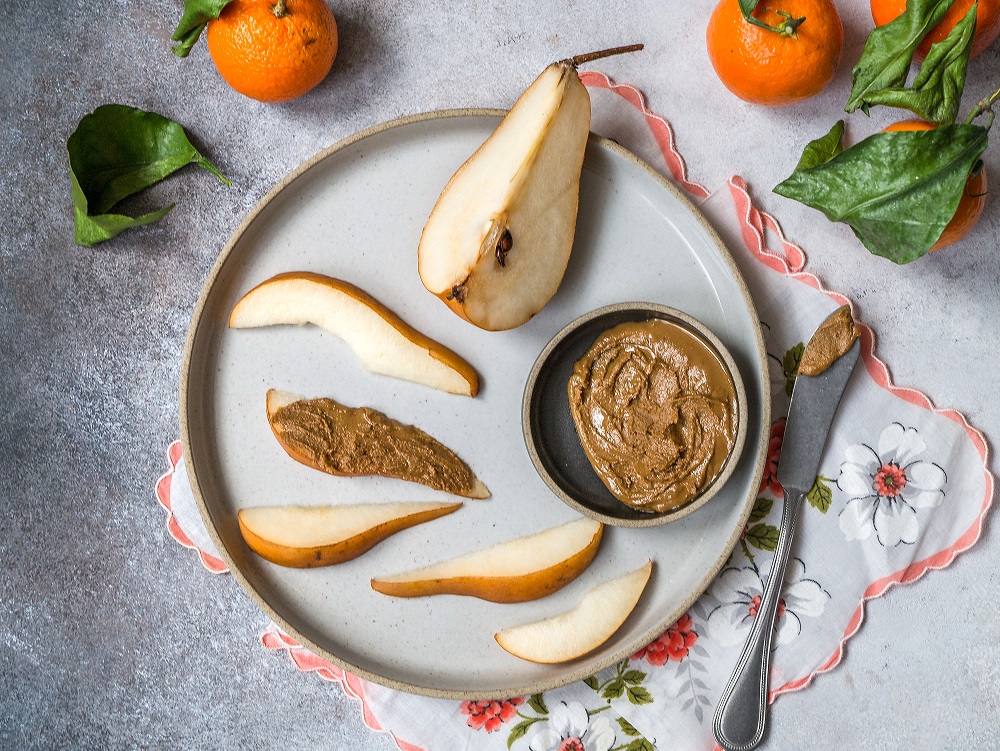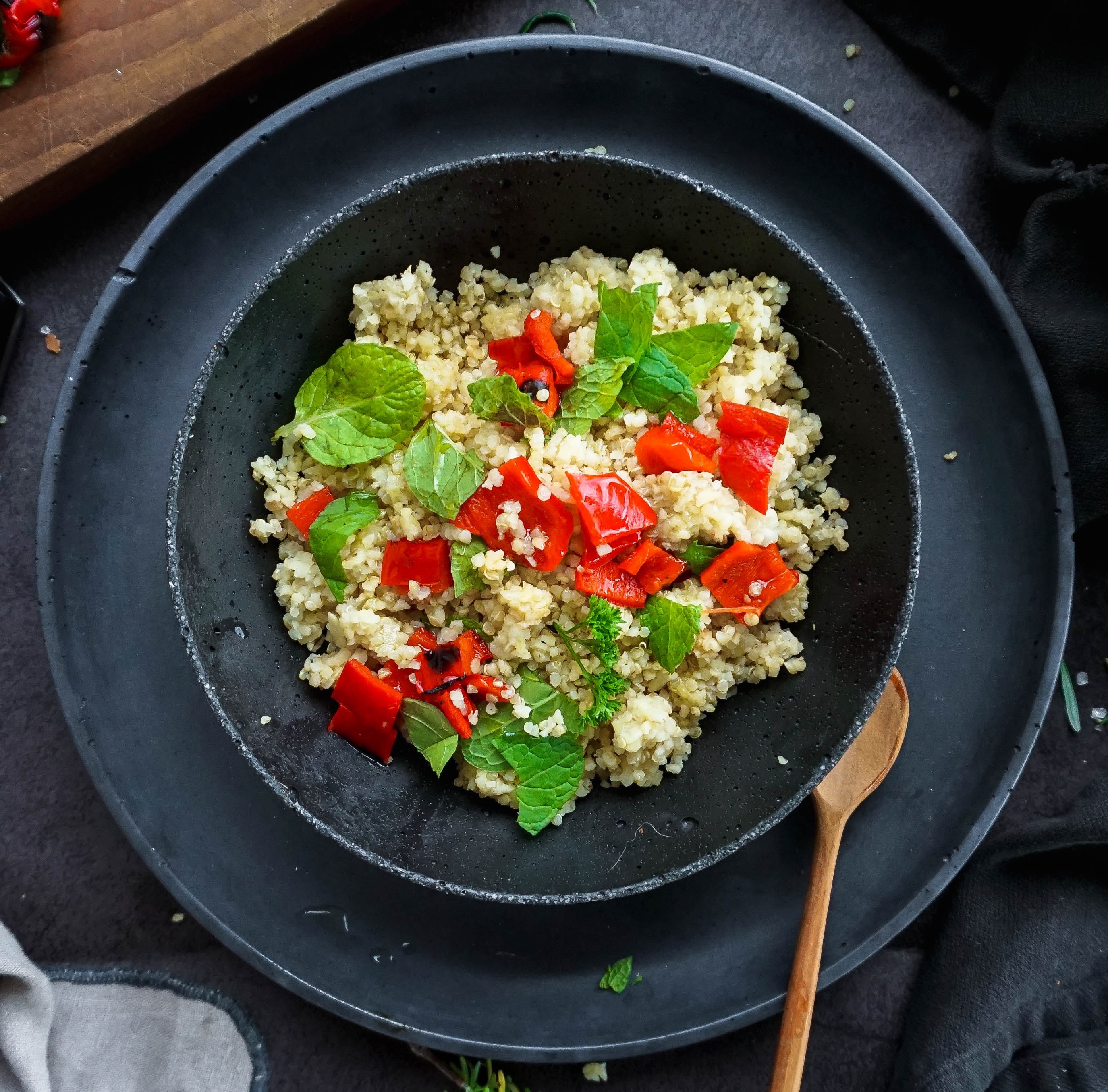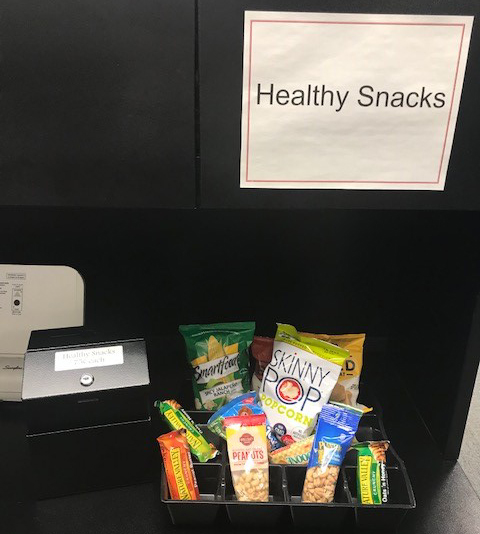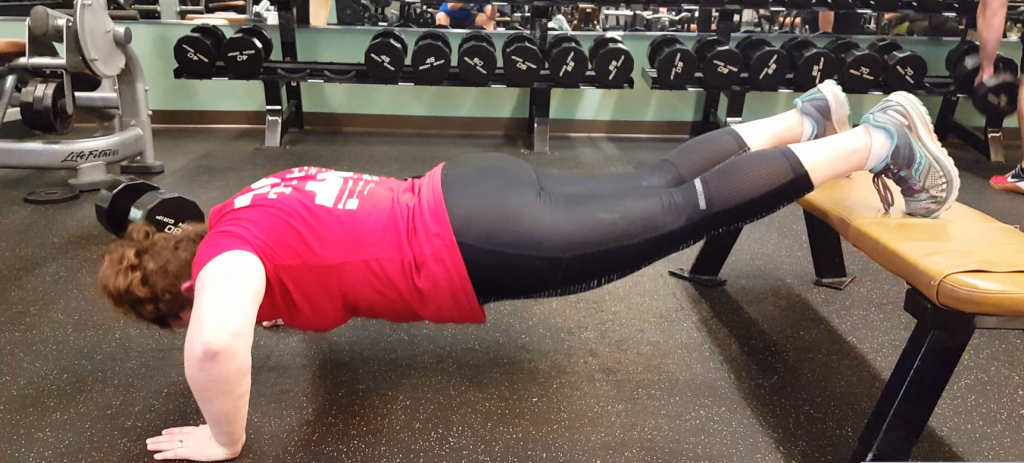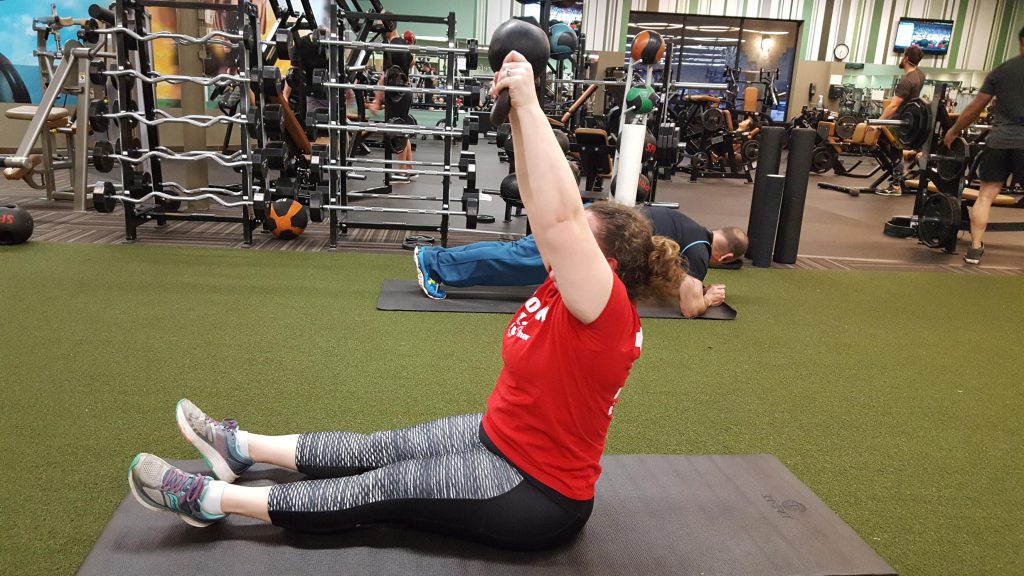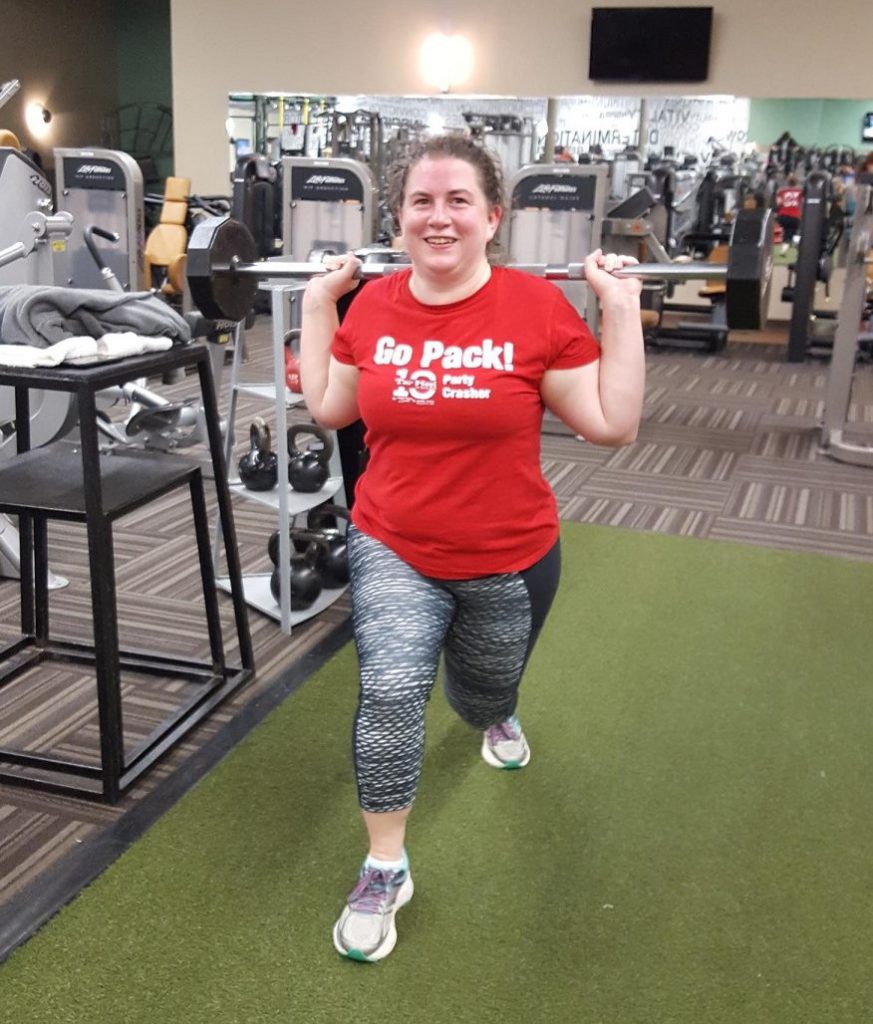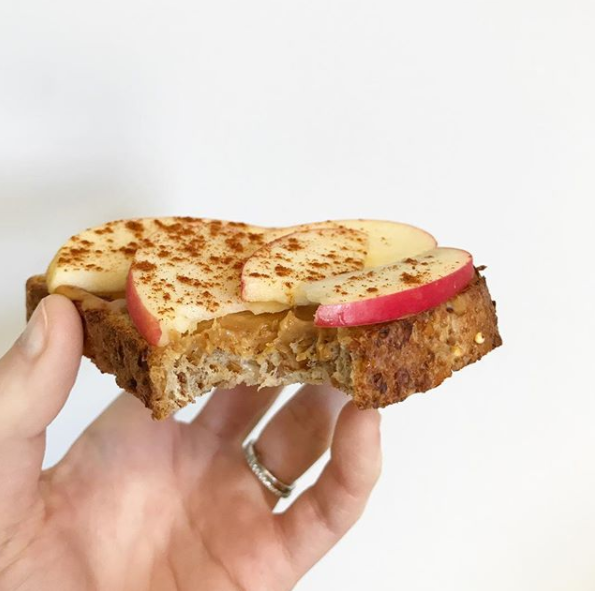Eating like those who live in the Mediterranean region has been shown to promote health and decrease risk of many chronic diseases. Following a traditional Mediterranean style eating pattern has been shown to decrease some forms of cancer, protect against cognitive decline, improve eye health, decrease the risk of type 2 diabetes, help manage blood pressure, reduce cardiovascular disease, and is more effective than a low-fat diet for weight loss. Eating the Mediterranean way is not only healthy, it is delicious and satisfying. Foods that you once thought of as too high in fat or unhealthy, including nuts, olive oil, olives, and whole grains, become an everyday part of your diet. The following simple steps will help you eat the Med Way every day.
7 Simple Steps to Eating the Med Way
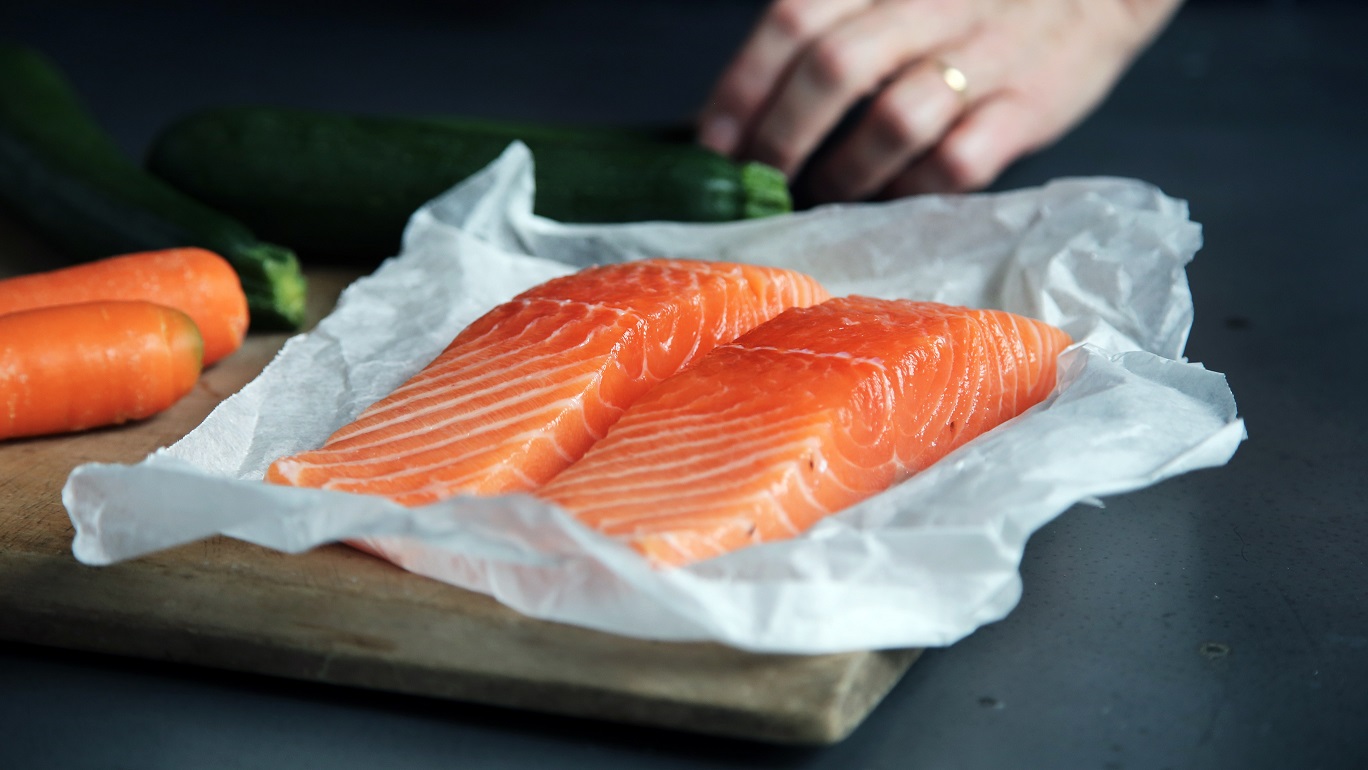
1. Change Your Protein
Replace some of the meat in your dish with plant proteins such as beans, nuts, and seeds often.
Eat fish and seafood at least two to three times per week. Include fatty fish, such as mackerel or salmon at least once a week. Eat fried fish only occasionally.
Choose white-meat poultry such as turkey or chicken breast.
Limit red meat and/or choose lean red meat.
Greatly limit or eliminate processed meats.

2. Swap Your Fats
Choose olive oil.
Replace solid fats such as butter and margarine with olive oil or canola oil.
Use olive oil for cooking, in dressings, and marinades.
Aim to consume at least four tablespoons of olive oil a day, while keeping within your calorie budget.
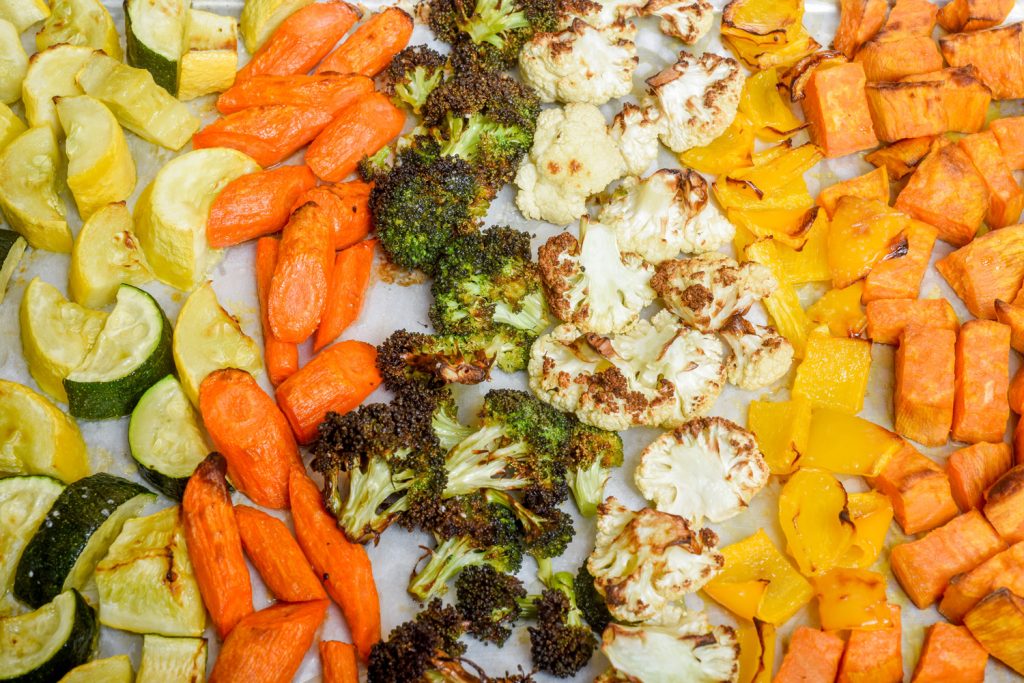
3. Eat More Vegetables
Get at least three servings (three cups) of vegetables per day.
Choose a variety of colors.
Eat more dark green leafy vegetables such as collards, kale, spinach, chard, and turnip greens.

4. Eat More Fruit
Get at least two servings (two cups) of fruits per day.
Choose a variety of colors.
Include berries often.
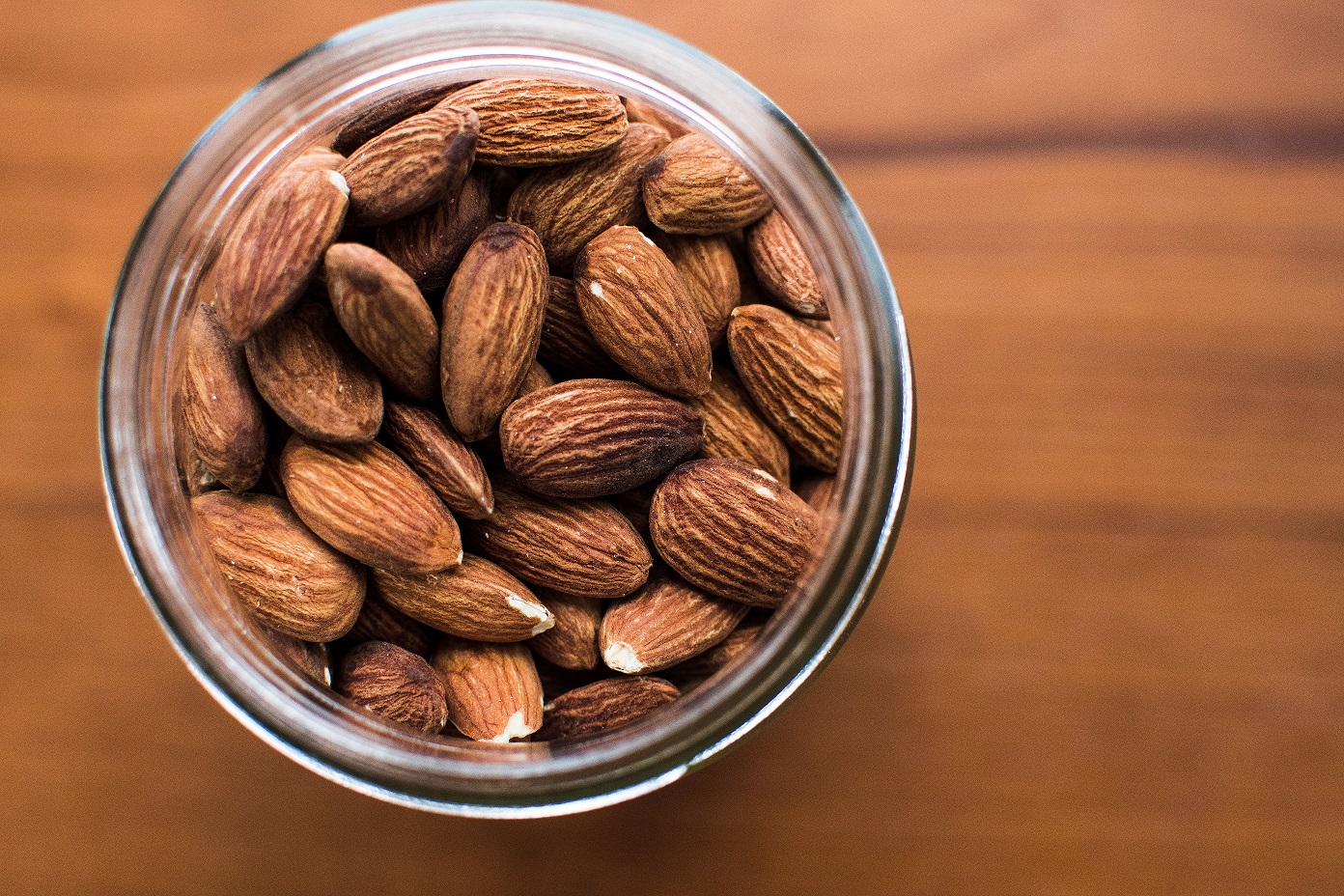
5. Snack on Nuts and Seeds
Choose at least three ounces (three small handfuls) of nuts and seeds per week, while keeping within your calorie budget.
Avoid candied, honey-roasted, and heavily salted nuts and seeds.
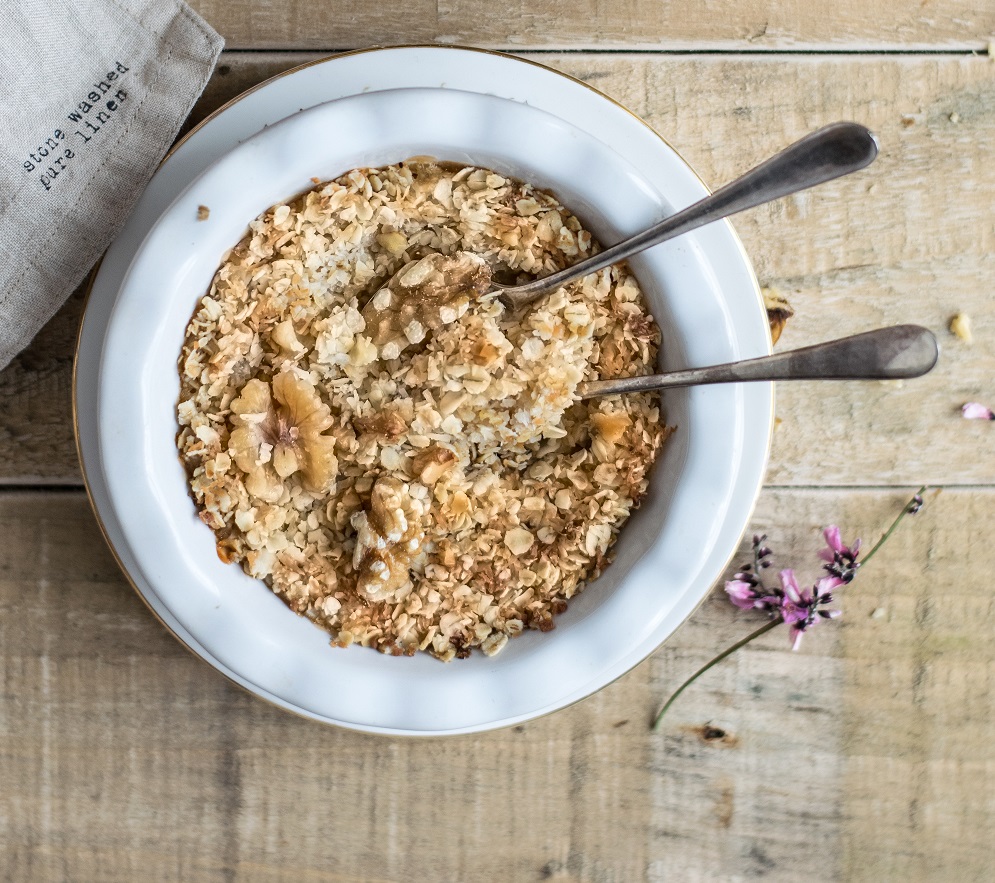
6. Make Your Grains Whole
Eat grains as grains
Choose whole grains such as oatmeal, quinoa, brown rice, and popcorn.
Look for “whole” in the first ingredient on the ingredient list (e.g., “whole wheat”) when choosing bread, pasta, and other grain-based foods.

7. Rethink Your Sweets
Limit your sugar intake
Choose no more than three servings per week of high-sugar foods and drinks such as sugar-sweetened snacks, candies, desserts, or beverages.
For more information about eating the Med Way, visit MedInsteadofMeds.com and follow us on social media using #MedMonth.

 Seems there are some claims out there on the web indicating cooking with olive oil is dangerous. The thought is that at high temperatures, olive oil oxidizes. Let’s take a closer look.
Seems there are some claims out there on the web indicating cooking with olive oil is dangerous. The thought is that at high temperatures, olive oil oxidizes. Let’s take a closer look.
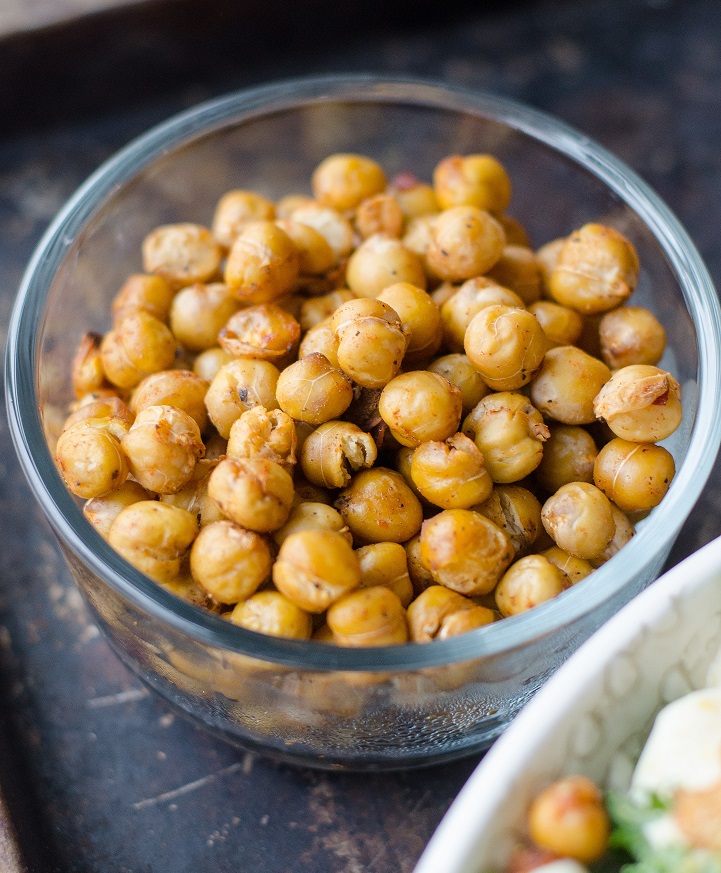 Beans
Beans
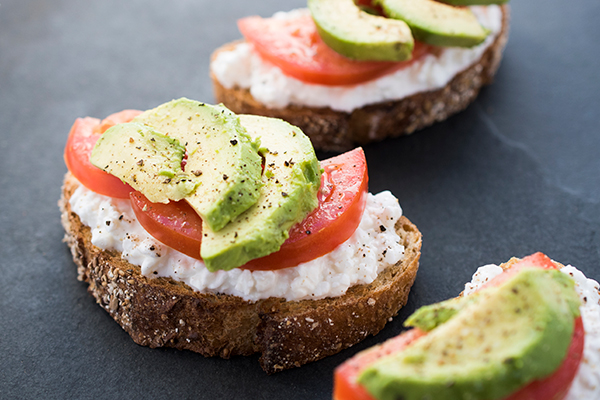
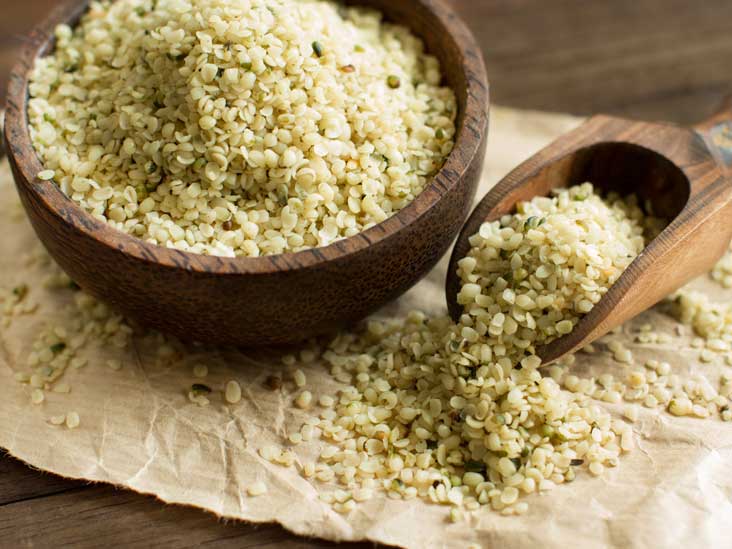 Hemp seeds
Hemp seeds 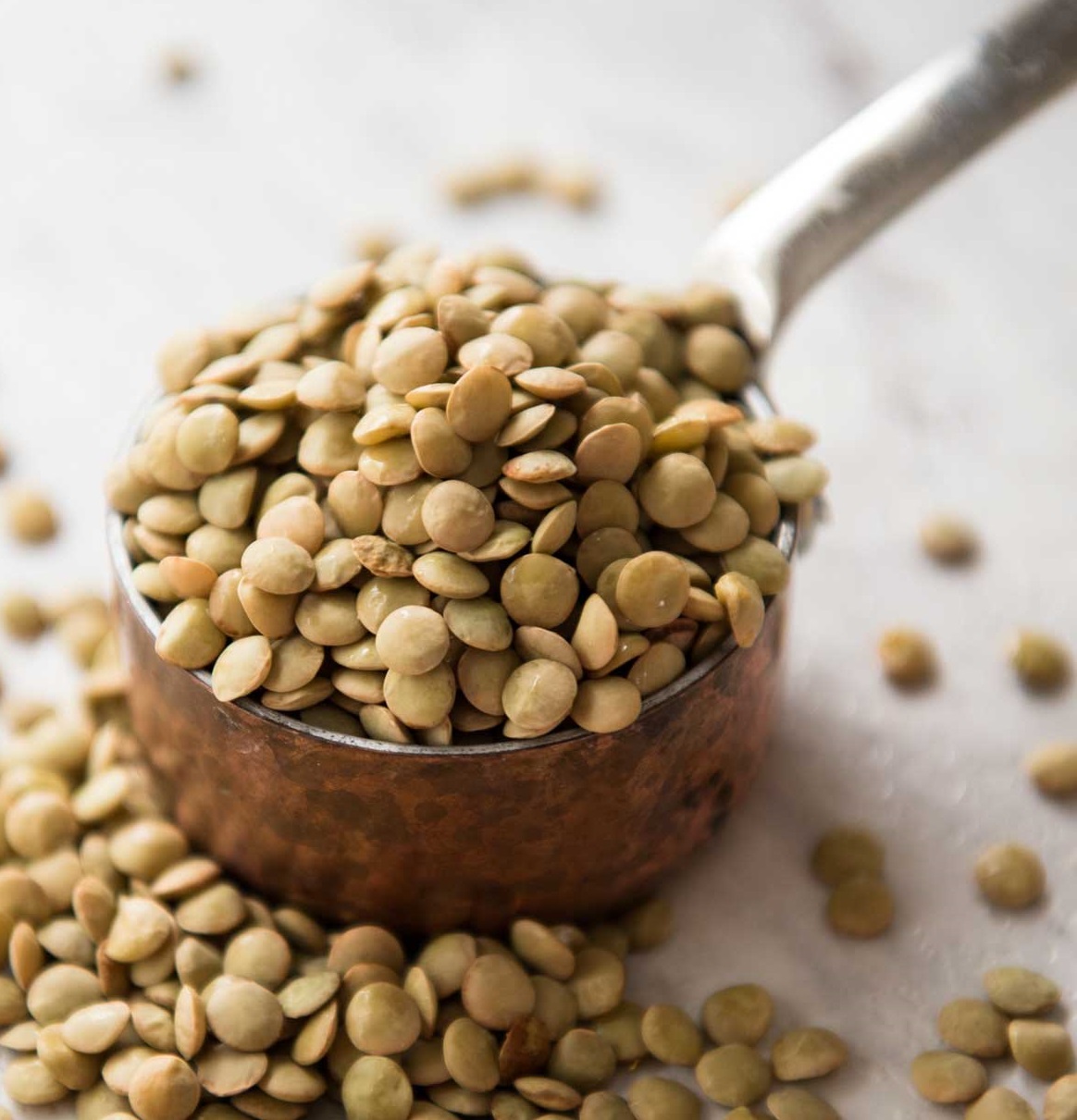 Lentils
Lentils

